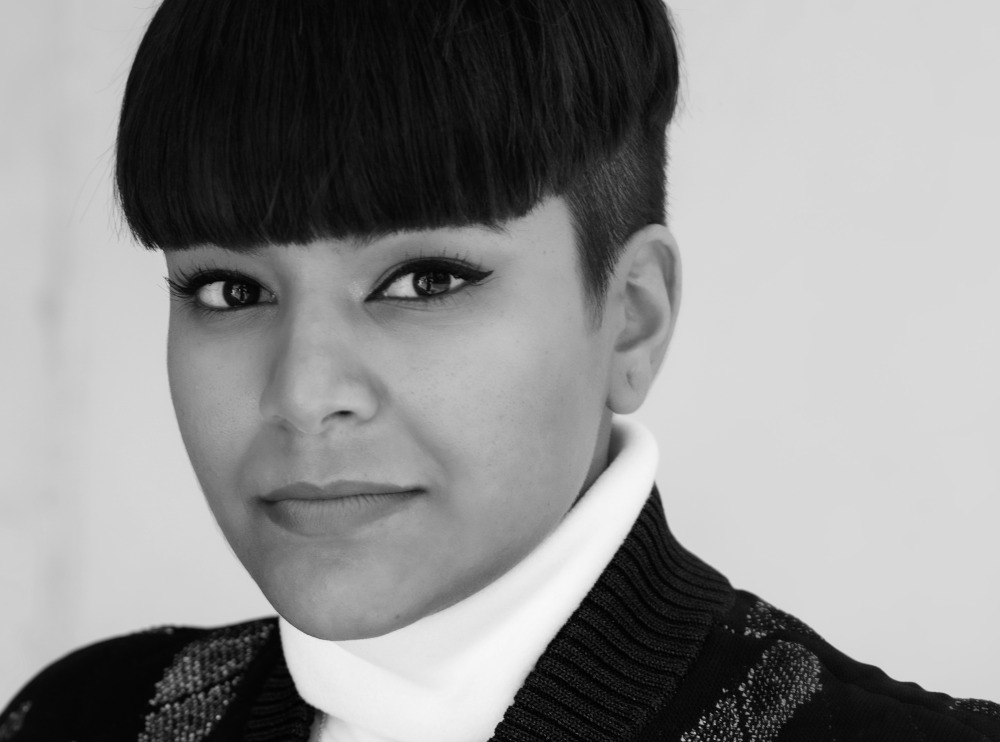
Shastra Deo’s writing effortlessly transcends cultural rifts, striving from modernist allusion through indulgent fan fiction and out into something entirely unique. I met Shastra first via Instagram, then conducted our interview in a Google Doc over several months, spaced out to allow for other freelance work, literature festivals or burnout. Despite being the outcome of her PhD, her second book, The Exclusion Zone, brims with an unexpected bloodlust and spectral force. To my personal delight, her poems demand we expand our conception of what is deemed literature, reminding us how poetry draws so much of its potency from its rich network of connections.
Lia Dewey Morgan: First of all, huge congratulations on publishing your second book, The Exclusion Zone, and thank you for talking with me. My hope with this conversation is to draw out together some of the themes I’ve encountered while reading your work and delve into how you came up with such a compelling collection.
I thought we could begin with the title, as an initial launch point: an exclusion zone is an area barred from public access in order to avoid the potency of what is inside, to provide some sort of safety. Because we are told not to go there, there’s this alluring intrigue that gathers, particularly over several decades, which has captured the imagination of a wide array of filmmakers, game designers and other creatives – not to mention scientists! What in particular drew you to growing a book from the poetics of nuclear waste?
Shastra Deo: Thanks for making the time to interview me; I’m stoked! It’s so exciting to have this conversation with you.
The Exclusion Zone, in its current state, really began with the potential nuclear waste warning message from the Expert Judgment on Markers to Deter Inadvertent Human Intrusion into the Waste Isolation Pilot Plant, which I came across where I come across most things: on Reddit.
This place is a message… and part of a system of messages… pay attention to it!
Sending this message was important to us. We considered ourselves to be a powerful culture.This place is not a place of honor…no highly esteemed deed is commemorated here… nothing valued is here.
What is here was dangerous and repulsive to us. This message is a warning about danger.
The danger is in a particular location…it increases towards a center…the center of danger is here…of a particular size and shape, and below us.
The danger is still present, in your time, as it was in ours.
The danger is to the body, and it can kill.
The form of the danger is an emanation of energy.
The danger is unleashed only if you substantially disturb this place physically. This place is best shunned and left uninhabited.
I still can’t help but read the message as a poem. I became obsessed with the nuclear semiotics problem: how do we warn future generations about the dangers of nuclear waste when the half-life – the time required for the radioactivity of an isotope to drop to half its initial value – of a nuclear isotope like plutonium-239 is approximately 24,100 years? How deep can we inter these materials to avoid harm, and how deep must our collective memories be to truly enact this burial? It was a task I could neither finish or abandon, and out of it came The Exclusion Zone.
But before nuclear materials metastasised within the collection, there was my obsession with phantom limbs – the ghostly sensation of a body part that is no longer physically present. My first book, The Agonist, was concerned with how we store memory within the corporeal body; body phantoms are this idea made literal. American Civil War folklore suggests that if you bury an amputated limb according to ritual, and leave its grave at peace, the phantom won’t rise to haunt the living body. Would nuclear semiotics and an atomic priesthood lead future generations to believe the same thing about this waste that resists its own disposal?
Just like body phantoms, ‘[n]uclear materials ask us to believe in the invisible’, says Peter C van Wyck. An exclusion zone asks us to believe the space outside it is safe. And where is safety in this current climate of uncertainty around social equality, political freedom, job security, and our ecological future? So much lives and breathes and thrives within real-world exclusion zones—I think often of Kunihiro Suzuki’s post-disaster Fukushima illustrations, one of which is titled This land may not need human beings anymore. I always envisioned ‘wastelands’ as scorched earth, hungry landscapes, but more and more the wastelands I see are vital and vibrantly alive.













